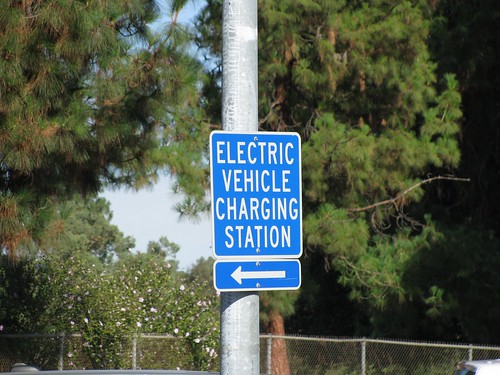Chinese government outlines Incentive Plan for Electric Cars
(Source: New York Times)
BEIJING — Senior Chinese officials on Friday outlined how they aimed to turn their country into the world’s largest producer of electric cars, including a focus on consumer choice rather than corporate subsidies.
Speaking at a conference at the government’s prestigious Diaoyutai guesthouse here, the officials acknowledged that their efforts faced challenges in terms of the cost and safety of electric cars. They promised a nationwide effort by manufacturers, universities, research institutes and government agencies to overcome these obstacles.
Wan Gang, a former Audi engineer in Germany who is now China’s minister of science and technology, portrayed the country’s electric car initiative as central to China’s international competitiveness, but said that there were environmental goals as well.
“We need to be sustainable in different sectors, particularly in the auto sector,” he said.
Zhang Shaochun, a vice minister of finance, said that the government wanted to let the market determine which electric vehicle models would become popular. So while the government is providing some research subsidies, the main step will be to provide very large subsidies for buyers of electric cars — already up to 60,000 yuan, or $8,800, for purchases by taxi fleets and local government agencies.
“The fiscal subsidy gives voting rights to the consumer,” he said.
China also has a 10 billion yuan ($1.46 billion) program to help the industry with automotive innovation.
In the United States, the government is providing $25 billion to help cover Detroit’s research costs in the coming years.
Mr. Zhang said that with a greater emphasis on incentives for electric car buyers, “we will cut back on the discretionary power of government agencies — otherwise, the companies will just fight for subsidies.”
Chinese and foreign automakers have embarked on a slew of demonstration projects for electric cars, with Nissan announcing one Friday in Wuhan, a city in central China. But very few electric cars are on the road in China yet.
While electric cars are rapidly improving, they remain roughly twice as expensive as similarly sized gasoline-powered cars that also provide greater range, higher top speeds and better records for reliability. Mr. Wan, the minister of science and technology, raised another concern Friday when he noted that the industry had to look at safety as it seeks to make electric cars ever lighter.
Click here to read the entire article ( Free registration requ’d).







 Spain’s fourth largest city is getting 75 public electric vehicle recharging stations throughout the city this year. Spain’s ambitious program of introducing EVs, hybrid and plug-in cars (a million units for 2012) is promoting the new network under the Movele program. Seville is getting recharging stations in the most used parking lots in the city, as well as at the airport, city hall offices and other official buildings. The plan includes 500 electric cars, which will be allocated not only to public institutions but for private users as well. It’s expected that each simple recharging post will cost €1,000.
Spain’s fourth largest city is getting 75 public electric vehicle recharging stations throughout the city this year. Spain’s ambitious program of introducing EVs, hybrid and plug-in cars (a million units for 2012) is promoting the new network under the Movele program. Seville is getting recharging stations in the most used parking lots in the city, as well as at the airport, city hall offices and other official buildings. The plan includes 500 electric cars, which will be allocated not only to public institutions but for private users as well. It’s expected that each simple recharging post will cost €1,000. 

